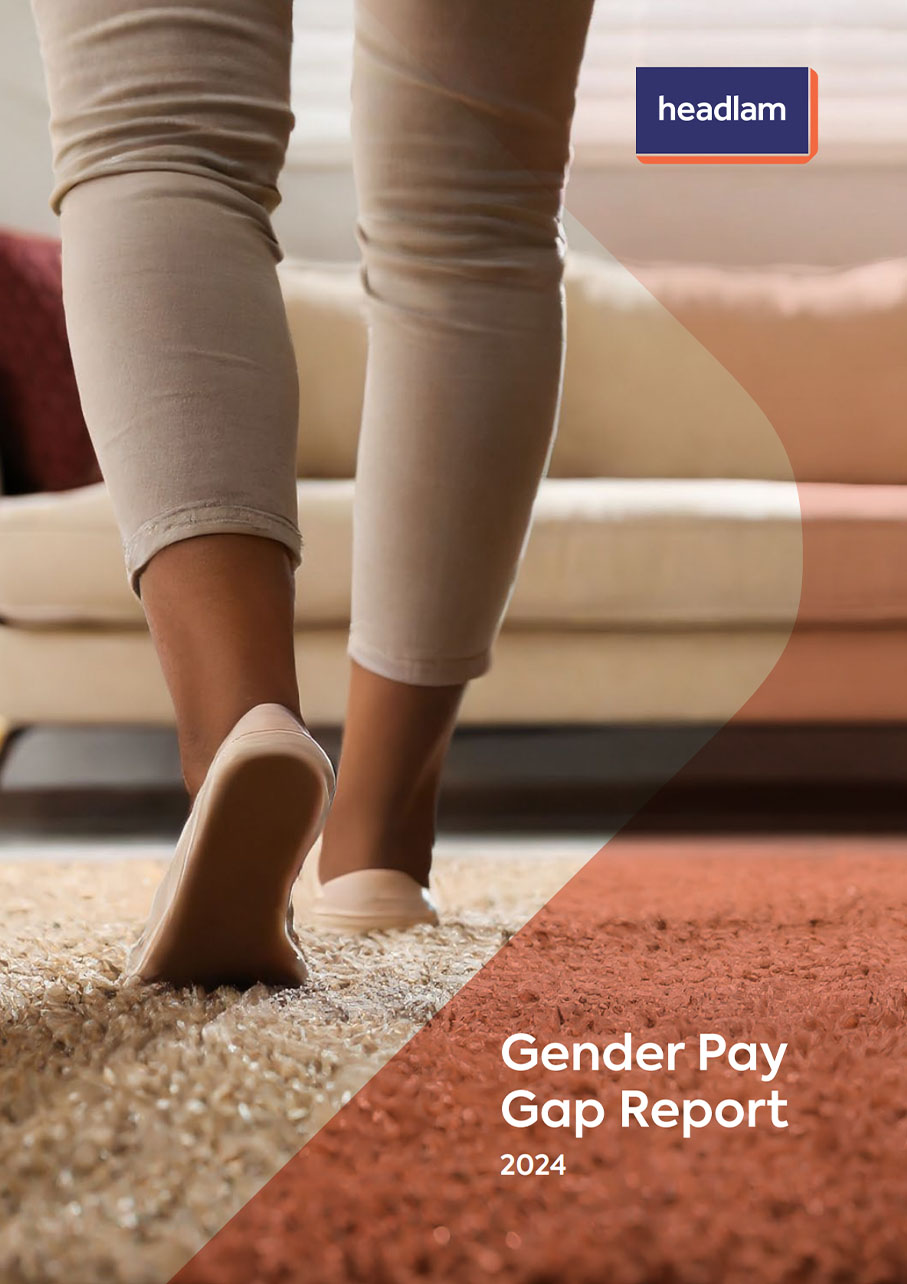We use cookies to analyse site traffic and improve your experience on our website. To read more see our cookie policy.
Gender Pay Gap Report
Introduction
In 2016 the UK Government announced a requirement for any employer with 250 or more employees to publish their Gender Pay Gap on an annual basis.

